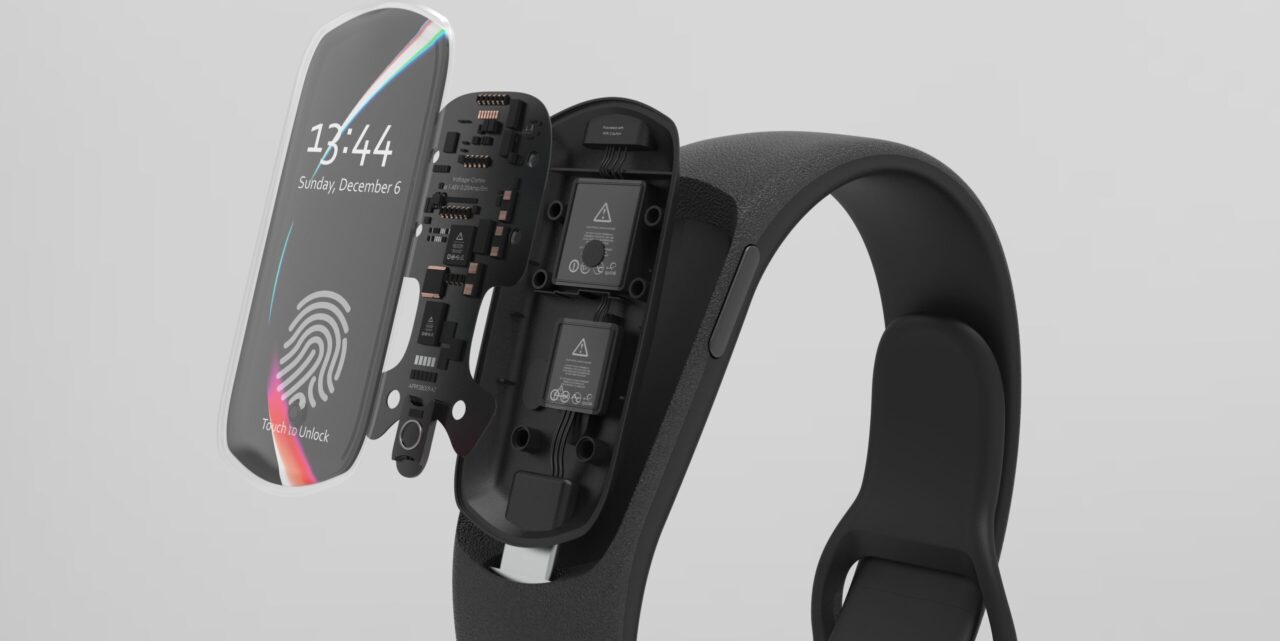
Wearable Smartband for diabetes management
Industrial Design at Illinois
Ever wonder about why products look the way they do? The design of your cell phone? Or your computer? What will the microwave of the future look like? How will it work? These are the sorts of questions that occupy the mind of an industrial designer, a creative who envisions the products of the future with an emphasis on human-centered design. These are the sorts of questions you’ll wrestle with in one of the nation’s oldest and most respected programs in industrial design.
In the BFA program, we encourage you to immerse yourself in the debates, theories, and histories of industrial design. Our courses emphasize the importance of personal discovery and problem-solving through experience-based assignments. Working with feedback from professors and peers, you create designs that combine desirability, business viability, and technical feasibility. You will work to create the products, interfaces and experiences that meet people’s needs for things as diverse as toys, sports, housewares, medical devices, and pet products. We make sure you keep things real by prototyping your ideas from start to finish. You will work individually and in teams to complete a variety of projects culminating in an individual senior project—preparing you with the tools that will enable you to advance into the wider world of industrial design professional practice or a variety of other careers.
Most of our faculty members are both teachers and practicing designers. Their work ranges from the design of bicycles to sustainable and accessible consumer products and explores empathy, designing with users, and the emotional relationship to the products we use. You will work closely with these professors as you articulate your own questions and, through your design work, propose your own answers.
And what might you do in the professional world? A quick glance at career paths of our alumni will give you a good sense of the possibilities that lie ahead:
- Product design
- Transport design
- Interface and experience design
- Furniture design
- Toy design
- Design management
- Marketing
- Design entrepreneurship
Resources
At the School of Art & Design, we make sure you have the tools you need. Our facilities include:
- Collaborative studio spaces
- Well-equipped presentation areas and seminar rooms
- Cutting-edge technology facilities stocked with more than 70 computers and advanced software packages for 2-D, 3-D, CAD, computer modeling, rapid prototyping, and animation programs
- A modern engineering and wood shop facility
- 3-D printers and laser cutters
- The 8,000+ pieces in the Krannert Art Museum archives
- The extensive holdings at the Ricker Library of Architecture and Art
- Partnerships with design-oriented businesses, manufacturers, and other relevant professionals
In addition, you can access labs in other mediums, including metals, ceramics, graphic design, and photography.
Curriculum Requirements
The curriculum in industrial design provides an education in designing human-centered products for mass production across a variety of industries. This curriculum combines industrial design courses with Art + Design foundation courses, art history courses, design electives, general electives, and general education units required by the university.
Computer Requirements
Beginning Fall semester 2025, students in the BFA in Industrial Design will be required to have a high-performance PC laptop that will meet their needs in required ID courses from year 1 through year 4. The current requirement can be met with either of the following:
- Microsoft – Surface Laptop Studio
Microsoft
Surface Laptop Studio 2
14.4″ Touch-Screen
CPU: Intel Core i7 or higher
Memory: 32GB or more
Video: GeForce RTX 4050 or better
HD drive: 1TB SSD or bigger
- Or a laptop computer with equal processor, storage capacity, system memory, and graphics capability to the Microsoft – Surface Laptop Studio and a digital sketching surface with pressure sensitive interface equal to the Microsoft – Surface Laptop Studio.
Ask Us a Question

